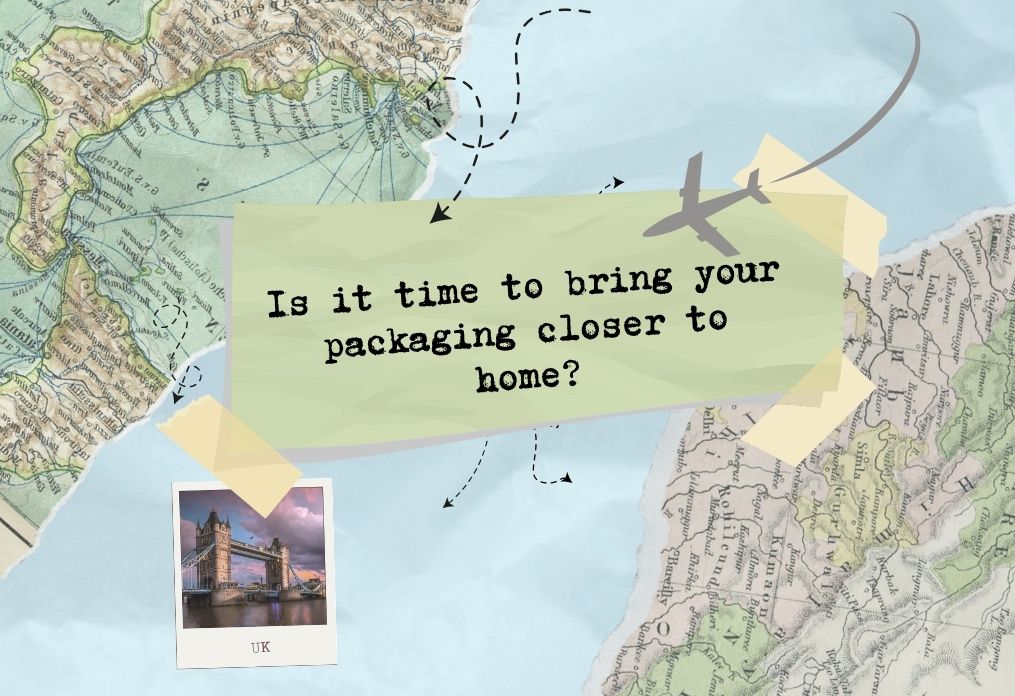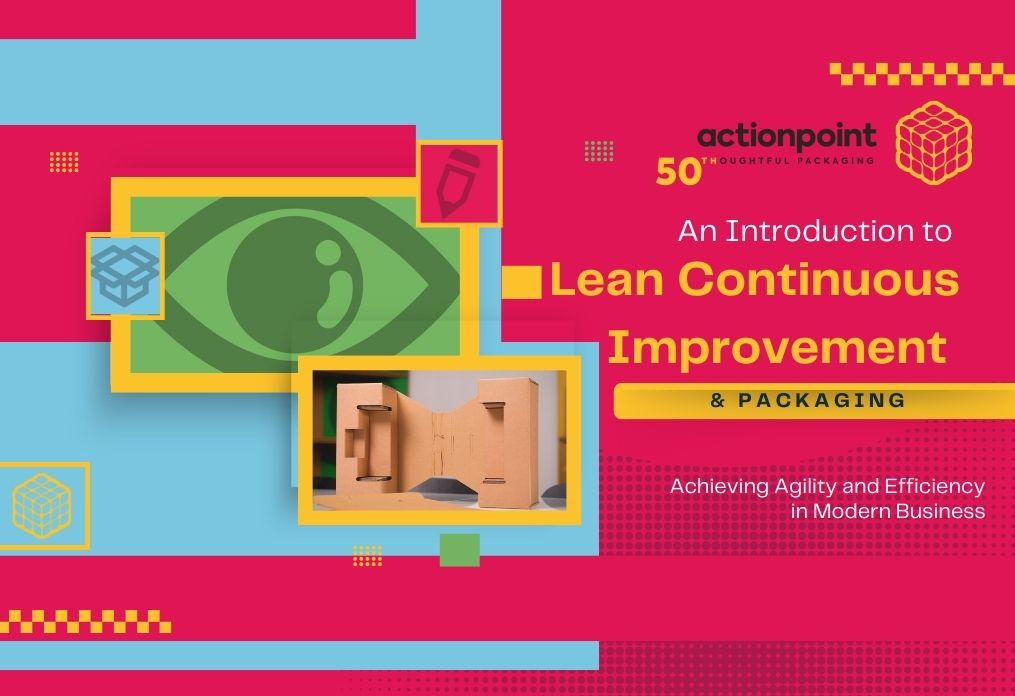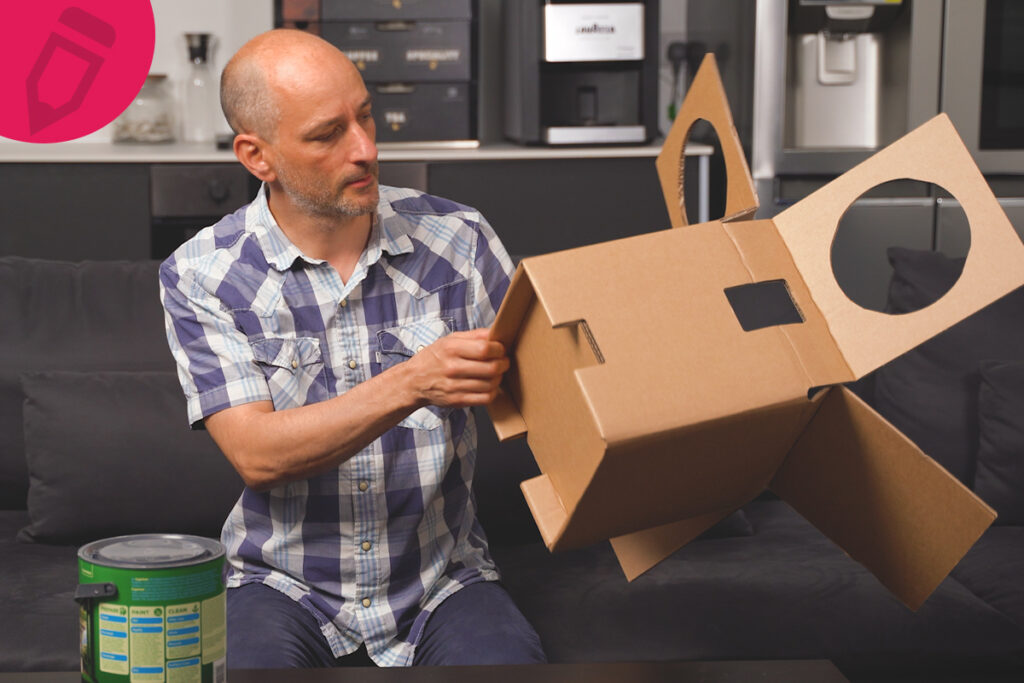Smart packaging helps consumers to feel an emotional attachment to your brand. Colour, typography and packaging design have tangible effects on shopping behaviours. Even for very rational individuals, shopping and buying have emotional aspects. Many consumers are not consciously aware of the degree by which their purchasing decisions are influenced by emotions, but the effects are considerable.
Consumers tend to look at attractive packaging more. It attracts the eye and draws the consumer’s attention. Studies have shown that attractive packaging causes more intense brain activity than neutral packaging. Attractive packaging stimulates activity in areas of the brain associated with rewards. While unattractive packaging causes activity in areas connected with negative emotions.
Product packaging has a clear influence on how we feel about products. And those subconscious feelings directly connect to our choices about what we buy.
So how to create truly ground-breaking packaging design? Designers often say that form should follow function. But in creating effective packaging for your products, both form and function are very important.
Function is clearly an essential consideration. Practicality is very often overlooked in packaging design. At worst this results in packaging which completely fails in its function. Or the packaging is difficult to use, frustrating consumers.
At the other end of the function scale is packaging which merely mimics existing solutions – or just ‘goes along with the crowd’. This is a lost opportunity for innovation, when you could be disrupting the market with out of the box thinking and a new practical solution that consumers love!
And when considering form, be creative! If in the packaging for your product conveys that a lot of time, effort and careful consideration has been invested in it, this speaks volumes for the product itself! For instance, if competing products tend to be housed in contemporary packaging, you could try introducing something retro which focuses on appealing to quality. Or if others are using a vertical format, you could try a horizontal one.
Keep in mind that your designs also need to allow for the simple introduction of additional product variations (or sub-products) into the range.
Extra benefits can also be provided by the end user being able to use the packaging as a reusable storage or carrying case for the product. If this applies to your product packaging, consider the environment that the case would be used in, and the length of life required.
Using creative design along with environmentally friendly features and materials in your packaging can really give your products a winning edge! However, it is important to ensure that any environmental advantages are accessible and tangible benefits. Some apparent advantages may have negative aspects which are equally or more impactful! Make sure that factors such as the availability of existing recycling facilities holds true for whichever geographical markets your product is aimed at. Consumers can quickly lose trust if they feel they are being “green-washed”. It is also important to avoid overpackaging as this wastes energy and resources and is viewed very negatively by consumers.
Both function and form can be used to great advantage for your products. This can result in ground-breaking packaging designs which grow your market share incrementally. When Heinz turned the ketchup bottle upside down, sales rocketed at a time when market shares were under pressure!
There is obviously a lot to consider here, and it can pay to bring in the services of a packaging consultant to help you achieve your specific aims. This helps in accessing the knowledge and information needed, controlling your budget, and achieving greater success with your product packaging.




